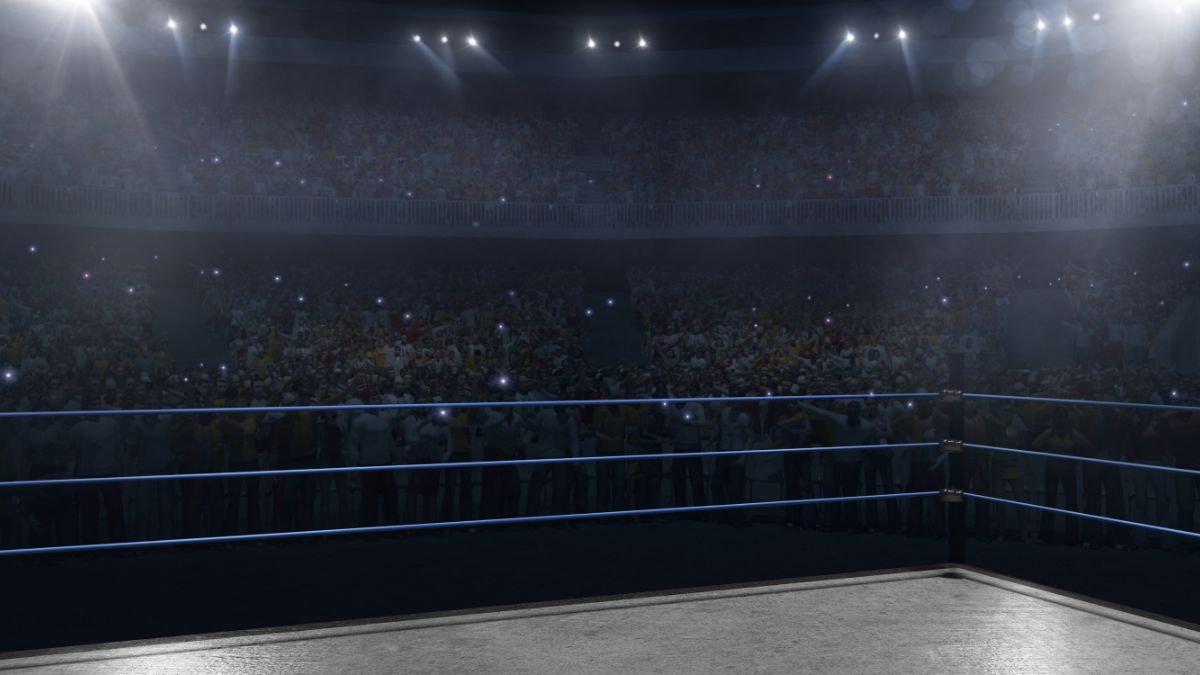The Controversial Judging in Boxing
The Controversial Judging in Boxing
The Evolution of WWE: Key Changes and Milestones

The Evolution of WWE: Key Changes and Milestones
In the grand pantheon of entertainment, few spectacles have captured the imagination quite like World Wrestling Entertainment (WWE). From its humble beginnings to its current status as a global juggernaut, WWE has not just evolved; it has revolutionized the very fabric of sports entertainment, leaving audiences worldwide perpetually awestruck.
Imagine, if you will, the late 1950s. Television is still in its nascent stages, and professional wrestling is a regional attraction. Enter Vince McMahon Sr., a visionary who saw potential in this raw, visceral form of entertainment. His Capitol Wrestling Corporation would lay the groundwork for what would eventually become WWE. These were the formative years, a prelude to a saga that would enthrall millions.
Fast forward to the 1980s, an era marked by an explosion of color and charisma. This was the Rock ‘n’ Wrestling Connection, a masterstroke by Vince McMahon Jr., who took over from his father. Integrating wrestling with the pop culture of the time, McMahon brought the WWE into the mainstream. Hulk Hogan, Andre the Giant, and Randy Savage became household names, their larger-than-life personas transcending the ring. The inaugural WrestleMania in 1985 was not just an event; it was a cultural phenomenon, a spectacle that blurred the lines between sports and entertainment.
But the true metamorphosis of WWE came in the late 1990s with the Attitude Era. Here, the script was rewritten, the playbook torn apart. Out went the cartoonish characters of the 80s, replaced by edgier, more complex personas. Stone Cold Steve Austin, The Rock, and Mankind were not just wrestlers; they were anti-heroes for a new generation, epitomizing rebellion and defiance. This was WWE at its most raw, its most real. Ratings soared, and the Monday Night Wars with WCW pushed WWE to new heights of creativity and daring.
The 21st century saw WWE evolve yet again. It became a global brand, reaching audiences in every corner of the world. Digital platforms transformed how fans engaged with the product, making WWE a 24/7 experience. The rise of women’s wrestling, epitomized by the Women’s Revolution, broke barriers and redefined gender roles in the industry. Superstars like Charlotte Flair, Becky Lynch, and Sasha Banks showcased that women could headline major events, drawing crowds and acclaim alike.
Today, WWE is a tapestry of narratives, a fusion of athleticism and storytelling that continues to captivate. The WWE Network, a pioneering streaming service, offers an unprecedented archive of wrestling history, while also serving as a platform for new content. The Performance Center in Orlando is a state-of-the-art facility, shaping the next generation of superstars.
In essence, WWE’s evolution is a story of transformation and resilience. It has weathered controversies, adapted to changing times, and consistently reinvented itself. From the Golden Age to the Attitude Era, from the Ruthless Aggression to the modern era, WWE has been a mirror to society, reflecting our dreams, our struggles, and our desire for escapism.
As we look to the future, one thing is certain: WWE will continue to evolve, to surprise, to elicit awe. It’s not just wrestling; it’s a cultural institution, a testament to the enduring power of storytelling through the art of the physical. In the world of WWE, the next chapter is always the most exciting, and the journey is as spellbinding as the destination.